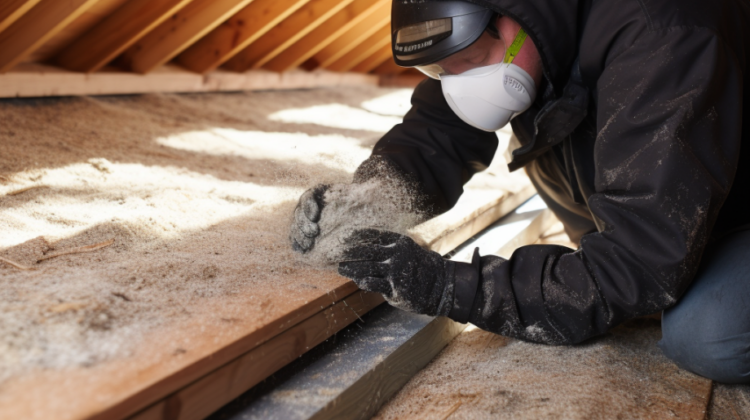
A well-insulated roof is crucial for maintaining a comfortable and energy-efficient home. Proper insulation prevents heat loss in the winter and minimizes heat gain during the summer. In this article, we will explore effective strategies and tips to help you improve the insulation of your roof, making your home more energy efficient and comfortable year-round.
Assess Your Current Roof Insulation
Begin by evaluating your current roof insulation to determine its effectiveness. Check for any signs of wear, damage, or gaps in the insulation. Insulation materials like fiberglass or cellulose can settle over time, reducing their insulating properties. Consider hiring a professional to perform a thorough inspection if needed.
Assessing the existing insulation will help you identify areas that require improvement and decide on the appropriate insulation materials and techniques.
Choose the Right Insulation Material
Selecting suitable insulation material is vital for optimizing your roof’s insulation. Standard options include fiberglass, cellulose, spray foam, and rigid foam boards. Each material has advantages and disadvantages, such as cost, insulating properties, and ease of installation.
Consider your climate, budget, and personal preferences to make an informed decision. Remember that different areas of your roof may require specific insulation materials. For example, spray foam might be more suitable for hard-to-reach areas, while fiberglass batts can be used in standard joist spaces.
Seal Air Leaks
Air leaks can significantly undermine the effectiveness of your roof insulation. Before adding new insulation, thoroughly seal any gaps, cracks, or holes in your roof’s structure.
Common areas prone to air leaks include chimneys, vents, and electrical fixtures. Use caulk, weatherstripping, or expanding foam to seal these openings. Additionally, ensure the insulation is installed correctly and covers all areas without gaps. This step will improve insulation and prevent moisture and pests from entering your home.
Enhance Ventilation
Proper ventilation is essential to maintain the longevity and effectiveness of your roof insulation. Adequate ventilation helps prevent moisture buildup, which can lead to mold and rot. Ensure that your roof has proper intake and exhaust vents to allow air to flow freely.
This ventilation system will help regulate temperature and moisture levels in the attic, promoting optimal conditions for insulation performance. Consult a roofing professional to determine the appropriate ventilation requirements for your roof type and climate.
Consider Radiant Barriers
Radiant barriers are a great addition to enhance the insulation of your roof. These reflective materials are installed under the roof and help reduce heat transfer from the sun’s radiant energy.
By reflecting the heat away, radiant barriers can significantly decrease the heat that enters your attic space, reducing the workload on your cooling system. However, remember that radiant barriers work best in warmer climates where cooling costs are a significant concern.
Improving the insulation of your roof is a wise investment that pays off in energy savings and increased comfort. By assessing your current insulation, selecting suitable materials, sealing air leaks, enhancing ventilation, and considering radiant barriers, you can create an energy-efficient and comfortable environment in your home throughout the year. Consult with professionals when needed and enjoy the benefits of a well-insulated roof.
